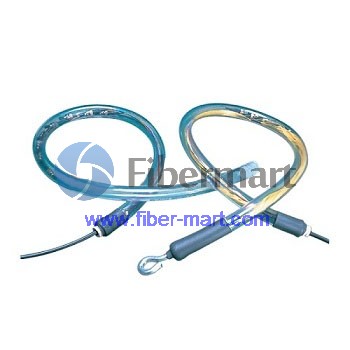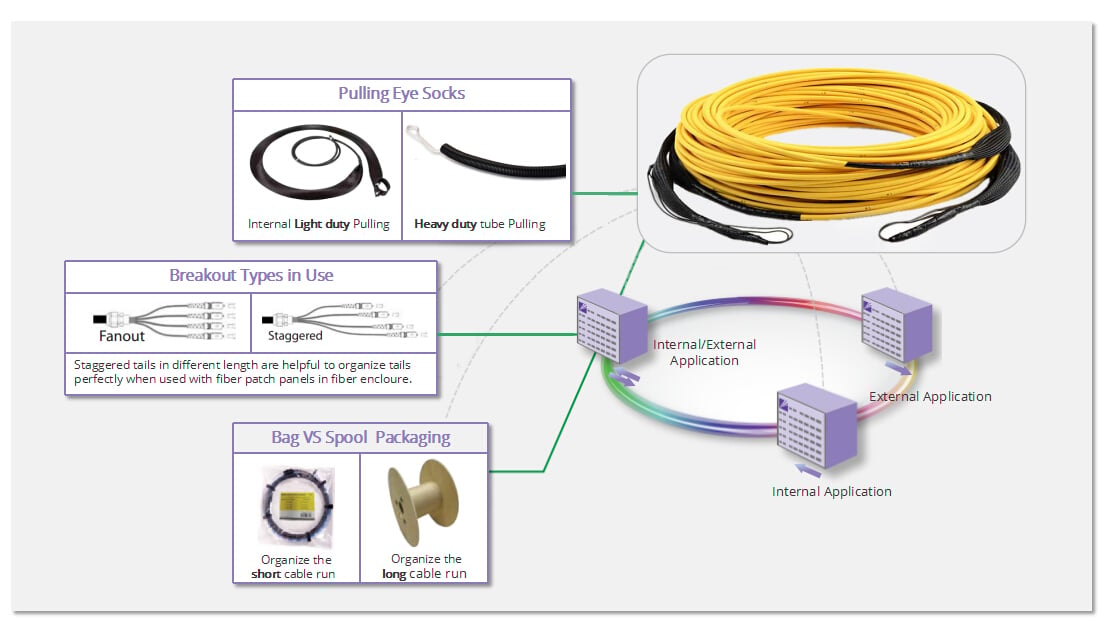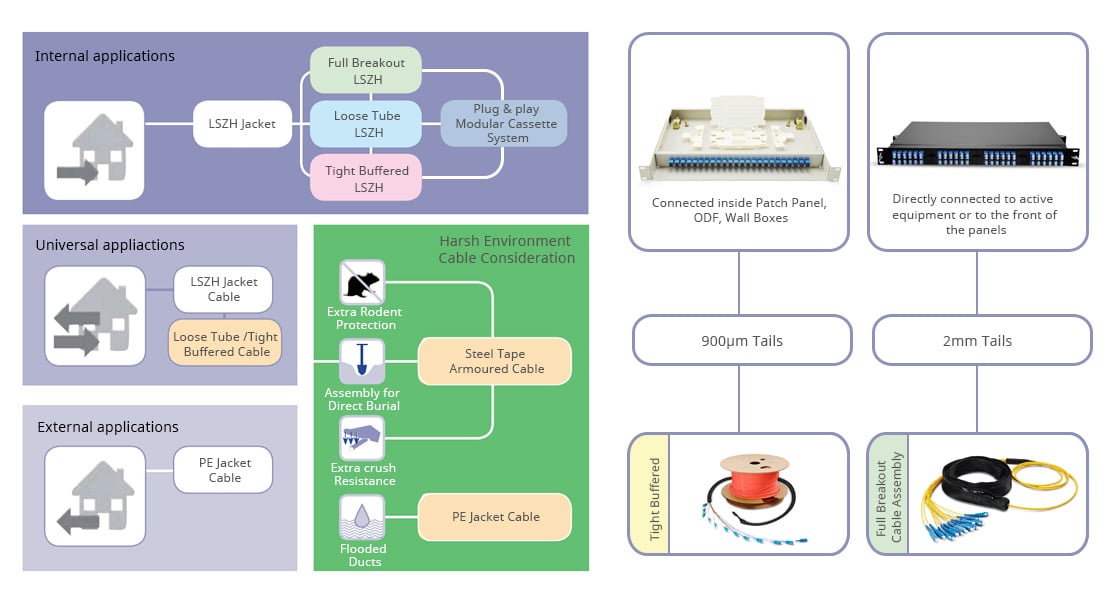by www.fiber-mart.com
An
optical-fiber identifier, also known as a live fiber detector or optical-fiber detector, is a non-intrusive tool that detects optical transmissions, or the lack thereof, in an optical fiber. This device is a valuable asset for installing and maintaining fiber links and should be included in every technician`s toolkit.
Because the instrument is easy to use, technicians may get into trouble when they assume that the measurement is equally simple and can be accomplished to published specifications with little room for interpretation. It just isn`t so. The engineering behind an optical-fiber identifier is complex and exacting. The specifications can actually hinder a technician`s analysis of the readings that the identifier provides.
The optical-fiber identifier appears to be a simple device but is actually technically sophisticated. The technician clamps the device onto a fiber and receives an indication of traffic direction, presence (or absence) of modulation and, on some units, a core power reading. Because the identifier can make these measurements rapidly, the technician can quickly assess the viability of the fiber system without time-consuming equipment setups.
An optical-fiber identifier is an invaluable aid with which an installer can perform the following functions:
Identify live or dark fibers
Verify continuity through splices and connectors
Identify signal direction (transmit or receive)
Trace signals with the use of tone generators
Other applications, such as relative-loss measurements, fiber identification for routing, and general installation and troubleshooting.
This device provides the technician with important real-time operational data on a fiber system and saves time and money when compared to more elaborate precision measurements.
Basically, the identifier samples the light by a process known as macrobending, where the fiber is bent around a precise radius that allows light to leak through the cladding and protective coverings into detectors. This small amount of light is then amplified, processed by the identifier and indicated on the front panel of the device. The goal is to sample as small a signal as possible to minimize insertion loss.
Read the fine print
Because of the many factors that influence the amount of energy sampled, an optical-fiber identifier can vary dramatically in specifications from fiber to fiber. Normally, manufacturers list specification parameters about the product based on tests performed on one fiber--usually a singlemode, clear-coated fiber with matched cladding. The user may assume that the information also applies to other fiber types. However, the manufacturer will footnote the data and, in small print, caution the user that the specifications apply to the tested fiber only.
The problem occurs when a technician is trying to equate the readings with the manufacturer`s published specifications. Unless the technician is testing the identical fiber on which the manufacturer based its specifications, the specifications do not apply. This is not limited to fiber types, for example, singlemode versus multimode, 62.5/125 microns versus 9/125 microns. This will affect the technician`s readings if the fiber makeup, wavelength or cable color is different, if the fiber is not seated correctly, and sometimes even if the identical fiber is made by a different manufacturer. All of these differences impact the optical-fiber identifier`s ability to sample the light.
Manufacturers are not trying to be disingenuous by publishing the specifications as they do; rather, it is impossible for manufacturers to develop and maintain statistical information on every fiber type available to the customer. It would not be cost-efficient to do so. Marketing considerations are also influential: A manufacturer will promote its product in the best light possible. A luxury car-maker will certainly not advertise that its top-of-the-line model does not perform well in snow conditions; it will, however, promote its lavish equipment. Optical-fiber identifier manufacturers are no different.
This is most evident when optical-fiber identifiers include a power meter, which has many uses but should never be construed as a precision device. Nor should the specifications be viewed as gospel. A power meter is useful in providing a readout that is indicative of core power (and, in some fibers, the reading comes close to the actual core power), but technicians should not rely on the readout as being the true power in all cases; the power reading should be used as a reference only.
Guidelines, not specifications
That does not mean that all specifications for the optical-fiber identifier are totally invalid. Aside from physical dimensions and temperature/humidity parameters, some specifications do warrant scrutiny by the user as to how well the device works in a "live" fiber line:
Insertion loss: This specification is a good indicator of how well an optical-fiber identifier works. Remember that an identifier should sample an optical signal without seriously impacting the performance of the optical system. If the unit has a high insertion loss, it can cause problems on an active system, especially one that has a tight system loss budget. Minimizing the optical-fiber identifier`s influence on the system makes good troubleshooting sense. The identifier should be specified as having less than 1 decibel of insertion loss.
Sensitivity (dynamic range): The sensitivity of the identifier is also important. Its ability to sense low levels of light is critical when a wide range of fiber-optic cables is being tested.
There is a tradeoff, however, with dynamic range and insertion loss: Generally, the greater the dynamic range, the greater the insertion loss. This is because the optical-fiber identifier must sample more light to increase its dynamic range. Also, the sensitivity is wavelength-dependent, so a specification for 1300 nanometers does not apply for 1550 or 850 nm.
All other specifications are superfluous. Any attempt to further define operating parameters of an optical-fiber identifier is an exercise in futility. Even the insertion loss and sensitivity specifications have enough qualifiers to cast suspicion on their classification as a "specification." Perhaps the industry should instead adopt the nomenclature of "useful guidelines."
Technicians who are fully aware of the limits of an optical-fiber identifier will be much better at diagnosing a problem than those who only read a specification sheet.


































